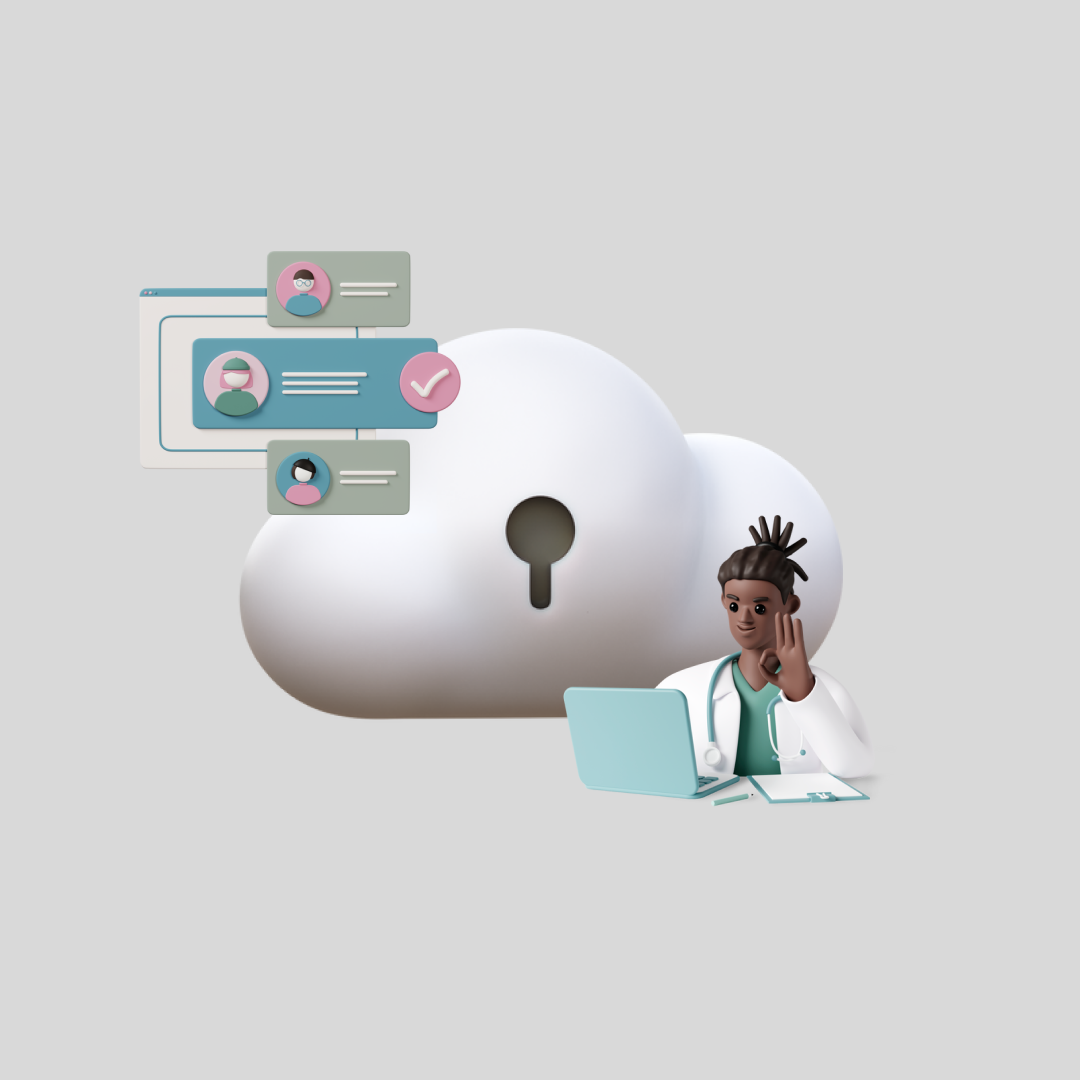✆ + 1-646-235-9076 ⏱ Mon - Fri: 24h/day
IoT Cloud development for medical platforms


In recent years, IoT Cloud Development for Medical Platforms has revolutionized the healthcare sector. This fast-evolving field combines IoT-enabled devices with secure cloud computing to deliver smarter, real-time healthcare. From better patient care to optimized operations, this technology is transforming the way healthcare providers work.
Real-Time Remote Patient Monitoring
One of the most impactful applications of IoT cloud development in healthcare is remote patient monitoring (RPM). IoT-enabled wearables continuously track vital signs such as heart rate, blood pressure, and temperature. These devices transmit the data securely to cloud platforms.This real-time access allows doctors to monitor patients remotely and detect early warning signs before conditions worsen. This is especially beneficial for people managing chronic diseases or living in remote areas.Efficient Medical Device Management
IoT cloud platforms also improve how hospitals manage medical devices. Sensors and connectivity allow healthcare teams to:- Track device usage
- Receive maintenance alerts
- Reduce equipment downtime
Data-Driven Healthcare Decisions
By integrating IoT device data with electronic health records (EHRs) and imaging systems, providers can make better, data-driven decisions. Advanced analytics uncover trends in:- Treatment outcomes
- Patient health behavior
- Resource usage